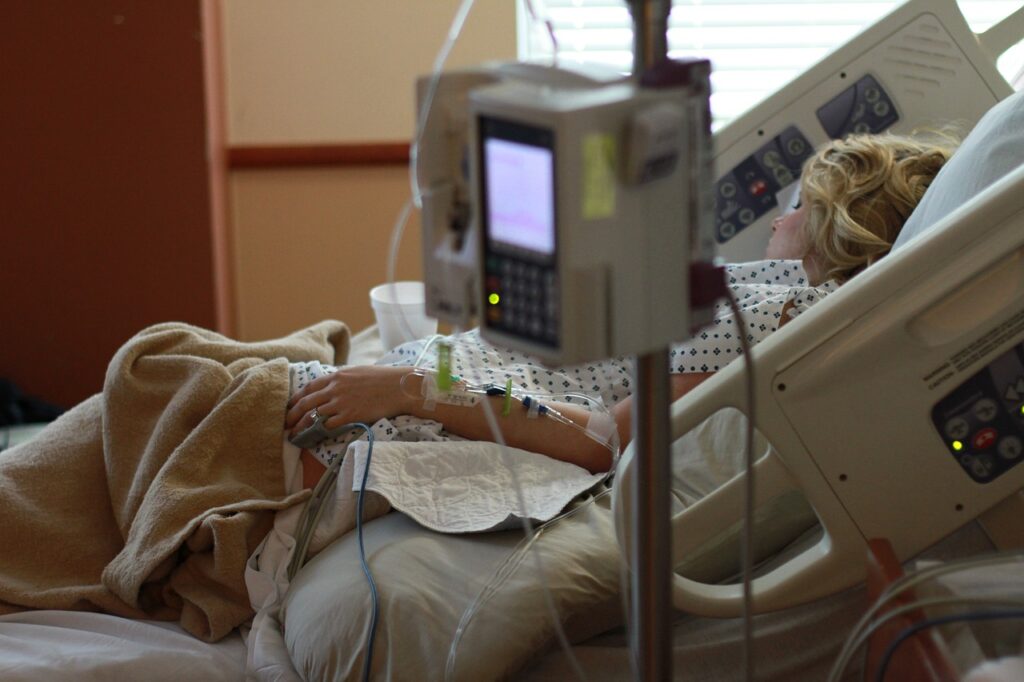Generated by our own internal defenses, sepsis claims 350,000 adult lives each year in the United States and is the most costly condition behind hospitalizations in the country, yet almost half of the population is not aware of where sepsis comes from.
“Sepsis is the body’s overwhelming and toxic response to infection, which means it can be a complication of any type of infection, be it bacterial, viral, fungal, or parasitic,” says Tom Heymann, President and CEO of Sepsis Alliance. Even those who survive may endure amputations, post-sepsis syndrome, and other long-term effects.
Our primary weapon in the battle against sepsis is antimicrobials, such as antibiotics. But these drugs are losing their effectiveness as superbugs develop antimicrobial resistance (AMR), which poses both medical and public health challenges. Battling AMR therefore requires use of another important weapon: public awareness.
Awareness is the driver behind Sepsis Alliance marking Sepsis Awareness Month every September since 2011. Another effort at raising awareness is Sepsis Alliance’s EndSuperbugs campaign, which seeks to highlight the need for action against sepsis and superbugs.
Along with educating the public about sepsis, both campaigns call attention to the need for policy that can fix the broken market for new antimicrobials. Other policy solutions recommended include the National Sepsis Action Plan, proposed Sept. 11, which would further research as well as the essential work of promoting awareness.
“Unfortunately, among U.S. adults, only 56% are aware sepsis is a potential complication of an infection,” says Heymann, citing a Sepsis Alliance global survey on perceptions of AMR. “This means we can’t expect patients and the general public to be a full partner in the fight against AMR. We need to do more public education.”
Developing drugs for a severe condition
Sepsis is a medical emergency, and it spreads rapidly through the body. “The risk of death increases 4-9% for every hour that treatment is delayed,” says Heymann. To help people recognize the symptoms of sepsis and ensure that those affected get rapid care, Sepsis Alliance has a campaign entitled “Sepsis: It’s About TIME™.”
Biotech innovators are developing new tools to speed diagnostics, according to Heymann.
“These tools, once deployed, can help determine the most appropriate antimicrobial, which will help with improved patient outcomes and the reduced inappropriate use of antimicrobials,” he says.
“There is also great work being done on therapeutics, including the development of host-directed therapeutics that help to support the body’s immune system in the fight against pathogens and the immune response,” Heymann says.
We need new antimicrobials
“Effective treatment of sepsis includes the use of effective antimicrobials,” according to Heymann. “If we don’t have effective antimicrobials, then we will not have effective sepsis treatment and many more will die and suffer.”
For years, we’ve known that our existing arsenal of antimicrobials is losing effectiveness as pathogens mutate to outwit and survive the known stock of drugs. But development of new weapons against AMR pathogens poses an economic challenge: Antimicrobials must be used appropriately – and judiciously — to maintain effectiveness, meaning sales will be limited.
As a report by the Biotechnology Innovation Organization (BIO) notes, many small firms seeking to develop these drugs have gone under, because they cannot promise investors sufficient revenue to cover costs and remain financially viable.
“The development of successful AMR drugs can take many years and a great deal of investment,” Heymann explains. “The return on investment and risk in the process has made drug development slow considerably over the past years, making us all more vulnerable to AMR.”
Treating the problems with policy
One solution supported by both Sepsis Alliance and BIO is the PASTEUR Act, legislation currently under consideration in the House and Senate. The legislation would create a new payment mechanism for novel antimicrobials that address the most threatening infections.
“Under this system, the government would enter into contracts with innovators to pay for consistent access to novel antimicrobials with payments that are decoupled from the volume of antimicrobials used,” according to Emily Wheeler, Director of Infectious Disease Policy at BIO.
“We clearly need to pass the PASTEUR Act to make sure that we can have tools to fight infections,” says Heymann. “We definitely do not want to find ourselves in a post-antibiotic era.”
Beyond PASTEUR, there are other policy moves that can help us fight sepsis and AMR.
Sepsis Alliance on Sept. 11 called for the Biden Administration to develop a National Sepsis Action Plan. “A National Sepsis Action Plan in the United States would work to bring together relevant government agencies and stakeholders, organize a national response to sepsis, and help improve sepsis diagnosis and treatment,” Sepsis Alliance said.
Another initiative backed by Sepsis Alliance is “Lulu’s Law,” which is named after a 4-year-old who died of sepsis. Introduced in Congress last year, the legislation would establish a national sepsis data trust, with inputs from states as well, to “give healthcare professionals, researchers, innovators, public health officials, and others fighting sepsis on the frontlines access to critical information about sepsis – which could save many lives and limbs,” according to a Sepsis Alliance press release.




